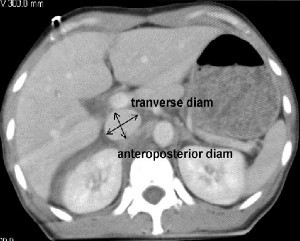Here’s some food for thought. Read through the scenario below, as well as the questions under it. I’m interested in some comments from prehospital providers, physicians and nurses in the ED on what you would do in this situation.
Scenario: Paramedics call ahead to activate your trauma team for a young male who was ejected from his car during a motor vehicle crash. He was quickly extricated and was found to be in pulseless electrical activity (PEA) arrest. IVs were inserted and the Lucas automated CPR device was attached. The patient is immobilized and will arrive at your hospital in 5 minutes.
You assemble your trauma team and are patiently awaiting when the medics arrive. The patient / Lucas / backboard are rapidly transferred over to the ED stretcher and mechanical CPR continues. At that point, you are overwhelmed by the odor of gasoline, and you note that the patient’s clothing is saturated with liquid.
What would you do? 
Here are my questions for you:
- Do you move the patient or keep him in your trauma bay?
- What if your decontamination area is a short/moderate/longer distance from your ED?
- What if this situation involved a farmer in arrest who smelled strongly of pesticide? Any different?
- Or someone covered with mysterious white powder?
- How do you balance patient survival and team safety?
- What kind of performance improvement activities will be needed with regard to the team? The prehospital providers?
This discussion is not suited to the 140 character limitation of Twitter, so please click the Comments link below and let me know what you think. I’ll give my take on this next week.


